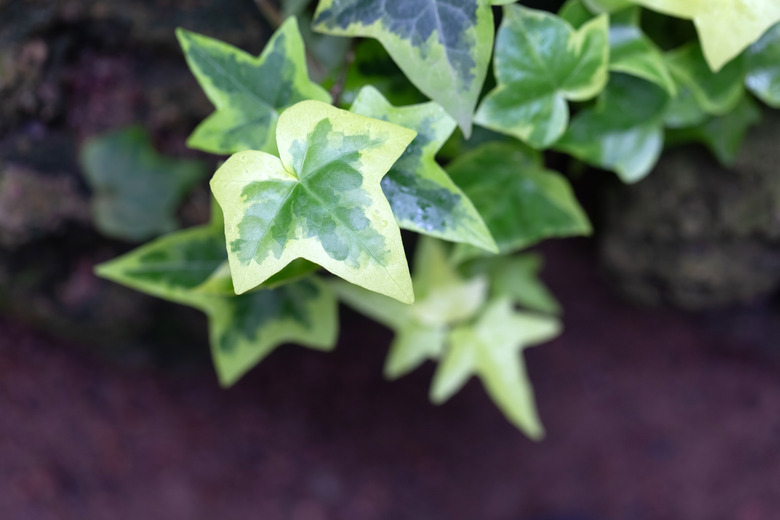The Best Way To Transplant Ivy Plants
We may receive a commission on purchases made from links.
Ivy plants can look beautiful indoors and out. The fact that they can climb walls but can also cascade downward out of pots means one relatively small plant can fill quite a large space with greenery. English ivy (Hedera helix, USDA zones 4-9) is one of the most common and easy-to-cultivate ivy species.
The placement of ivy is key to the plant's success. This may mean that as your plant grows, it needs to be transplanted to a larger area with a bigger potential for growth. Knowing the best way to transplant ivy plants can help you make the move successfully.
When transplanting ivy plants, it's important to bear in mind that English ivy is not native to the United States. In fact, in some regions, English ivy is considered to be an extremely invasive species. Planting English ivy in the ground may be a bad idea for this reason, so check with your county extension office before transplanting ivy into beds. If you do wish to grow English ivy outdoors, hanging baskets can be a good alternative to prevent roots from escaping and invading the surrounding ground.
Best Ivy Plant Placement
Best Ivy Plant Placement
English ivy is a particularly popular houseplant thanks to the fact that it's so adaptable to different placement conditions. It does require some level of sunlight for growth, but it can tolerate shadier areas that cause issues for other plants. Mild temperatures are best for English ivy, as the plant may struggle when it gets too hot or cold.
If you're starting your plant indoors, north-, west- or east-facing windowsills are ideal locations. You know your garden best, but choosing an area of medium sunlight where a plant hanger can hold your ivy container will help you make the most of your plant's downward growth. Ivies have good shade tolerance and are not fussy about their soil or pruning. Larger outdoor ivy plants can also boost your garden wildlife in terms of pollination and providing shelter to smaller animals.
Ivy Plant Care
Ivy Plant Care
Properly care for your ivy plant by choosing a commercial potting mix and selecting a pot with drainage holes in the base. Aim to keep the mix lightly moist, although it's okay to let it dry slightly between waterings. You can use a nitrogen-rich fertilizer once per month during the growing season between March and November.
Rinse ivy houseplants periodically to remove and prevent pest infestations. Showering with water for around 15 minutes is usually adequate.
Transplanting Ivy Plants
Transplanting Ivy Plants
Ivy is a plant that responds well to being moved, and it will quickly put down new roots. You must first find the base of your ivy plant by following the stem. It can be useful to prune off any new runners to make the transplanting easier. Use a small shovel to loosen the roots around the stem's base. Take your time doing this, as rushing or being too rough can cause roots to snap.
Place the roots in a hole in the potting mix. Cover the roots with potting mix and then lightly tamp down the top with your palm to secure your new ivy plant in place. You should water your new plant immediately and keep the roots moist until they begin growing in the pot.
